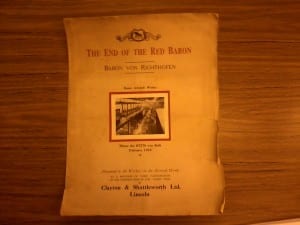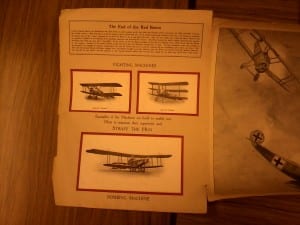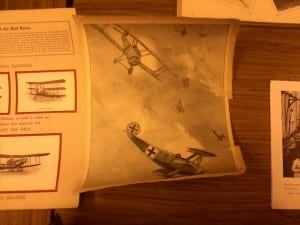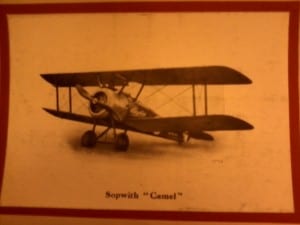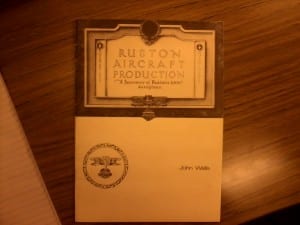In the months leading up to the premiere of Safe Bet, the performance was “always in-process, changing, growing, and moving through time.” ((Bial, Henry et al (2004) The Performance Studies Reader, ed. Henry Bial, New York: Routledge.)) Part of this was also true of the performance itself.
At the beginning of the premiere of Safe Bet I was greeting members of the audience as they arrived and gathering them onto the stone steps where they would begin their journey through the performance. Once the audience were all gathered at the start, they were ignored by me, which is currently how the Lincoln Grandstand is treated. It is simply rented out for it’s space, but is ignored when nobody is using it. This was to bring the audience into the present time which the Lincoln Grandstand is in.
The audience were then led into the weighing room of the Lincoln Grandstand. Upon their entry I was one of two people who gave the audience betting slips. This was to regress the audience from the present time into the past, when the Lincoln Grandstand was used for horse racing. Once the audience were all seated, they were further regressed into the past as I addressed the audience from the perspective of an Army officer in 1914. The members of the audience were now taking on the role of Army recruits during the First World War. This style of interactive performance was received well by the audience, they laughed and participated with no hesitation.
I then gave the members of the audience in my group the bags of dirt, asked them to follow me to begin their first trench exercise and led them outside to the ‘trench’. The audience did not follow me closely, but rather remained at a small distance. This could be due to the status of my character in relation to theirs, or it could be due to a feeling of uncertainty within the audience. If I was to perform Safe Bet again, I would have the audience follow closely behind me, as this distance became apparent once I was at the bunker and was waiting for all of the audience members in my group to arrive. Because I had to perform this to 3 groups, the waiting added on time to my performance which in turn, delayed me from moving swiftly from one group to the next.
Once the audience were at the bunker, I asked them to get into the ‘trench’ and I began to inform them of how the trench was used. They were then given a surprise order to take cover. The audience did take cover, however some members of the audience did this quicker than others. This could be because of the surprise of the order, or it could be because the order was shouted and it startled some members of the audience. If I was to perform Safe Bet again, I would remind the audience that they would have to perform an exercise so they had this knowledge present in their minds.
At the end of the trench performance, each group was asked to empty their bag of dirt into the ‘trench’ and say their full name and place of birth. They were then told about how the Lincoln Grandstand was used to train soldiers to build trenches. At this point the audience were now amalgamated with the history of the site. The audience received this without apprehension and were led back inside where they waited to be taken to the next performance in the rotation. The waiting of the audience was to bring them back into the time frame they were in at the beginning of the performance.
My next role in the performance was the recitation of the poem. This was done to the sound of The Last Post played live with a tenor horn. The poem was recited with my back to the audience, while facing a small room full of chairs and an incredibly bright, white light. This was to give the impression that I was giving a memorial service but that the poem wasn’t meant for the audience because they were still alive, but rather, the poem was meant for all those who had died, portrayed by the empty chairs I was facing. The light symbolized Heaven and God, because those who have had a family member or friend die hope that they have gone to Heaven. The use of the light, the live music and the ignoring of the audience created a powerful and emotionally charged exchange between the audience and myself. This performance was about death and the reality that not everyone who goes to war comes back, which completely contrasted with the enjoyment the audience had experienced when they took part in the trench performance. The ignoring of the audience also pulled away any role the audience had, and placed them back into the position of spectator. The audience were then led away from me, and this concluded my role in the performance of Safe Bet.
I feel that the time frame given to develop and produce the show was used effectively and was evident in the final product, with everything the audience experienced being anticipated and planned for, and not simply something that happened by chance. If there weren’t the time restrictions that we had, I would have wanted the poem to be performed 1 to 1 as although there was a strong connection between the audience and myself during the recitation of the poem, it would have been even greater if the audience experienced it individually.
